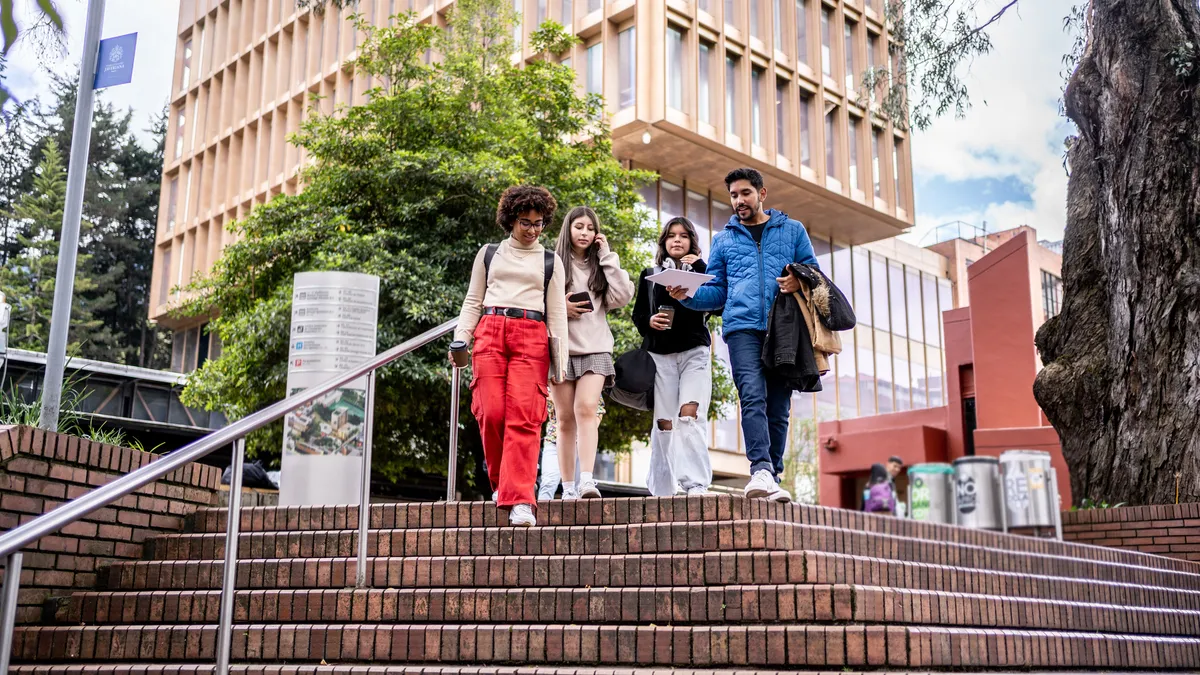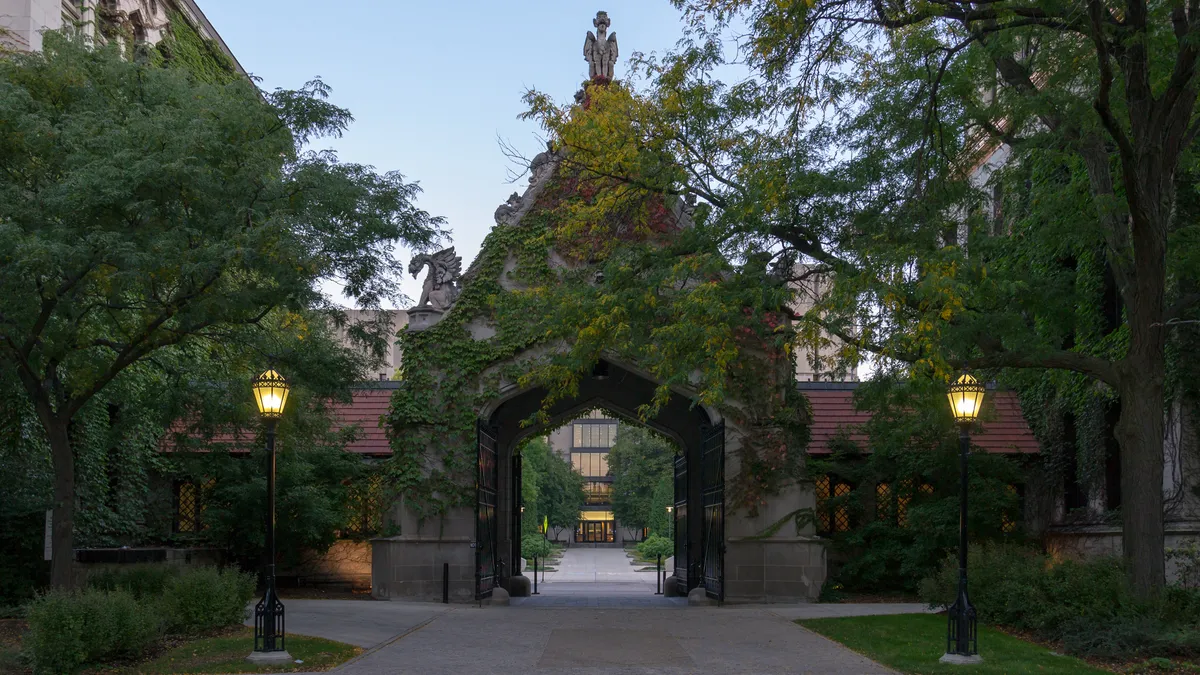Dive Brief:
- Undergraduate enrollment is on track to grow 2.4% year over year this fall, driving a 2% overall rise in higher education enrollment, according to preliminary data released Tuesday by the National Student Clearinghouse Research Center. This marks the third year in a row of undergraduate enrollment growth.
- Graduate enrollment stayed largely level — up 0.1% compared to the year prior. Enrollment in master's programs, which host almost two-thirds of this fall's graduate students, declined by 0.6%. Conversely, doctoral-level programs saw a 1.1% increase in students.
- The clearinghouse also found that students’ choice of studies is shifting. Enrollment in computer and information sciences dropped this fall — ranging from a 5.8% decline at two-year institutions to a 15% nosedive in graduate programs — while numbers of health and trade majors rose.
Dive Insight:
Enrollment increased in both shorter-term programs and those that prepare students to work in the trades, the clearinghouse found.
Two-year institutions saw a 8.3% year-over-year enrollment increase in engineering technologies and technicians programs this fall. Mechanic and repair technologies and technicians majors also grew 10.4% at those institutions.
And enrollment rose 6.6% in undergraduate certificates and 3.1% in associate programs. Bachelor's degrees, in comparison, saw a smaller year-over-year enrollment increase of 1.2%.
On a call with reporters Monday, Matthew Holsapple, the clearinghouse's senior director of research, stressed that the organization did not conduct student interviews or collect data about their enrollment motivations.
But when asked if the decline in computer science enrollment was a side effect of the proliferation of artificial intelligence, he acknowledged that researchers "have seen the same news reports that you all have seen about challenges in the field," such as AI-related layoffs in technology sectors.
"I assume students are also seeing that, and they're using that kind of information to make their decisions," Holsapple said.
Like last year, community colleges once again came out the winner among institutional types this fall. Public two-year colleges saw 4% annual enrollment growth. That's compared to 1.9% growth at public four-year institutions and 0.9% at four-year private nonprofits.
"Students continue to gravitate towards vocational certificates and associate degrees, leaving less momentum for growth among bachelors’ seekers," Doug Shapiro, the clearinghouse's executive director, said in a statement.
Tuesday’s preliminary data is based on some 8.5 million students at just under half of the U.S. postsecondary institutions that report to the clearinghouse. The report marks the organization's first preliminary enrollment dispatch since announcing a striking methodology error early this year.
In January, the clearinghouse said an undisclosed number of its preliminary enrollment reports had mistakenly counted some first-year college students as dual-enrolled students, who are high school students also taking college classes. That preliminary enrollment report series, called Stay Informed, began in 2020.
As a result, its preliminary fall 2024 findings incorrectly found that first-year enrollment had declined 5% — when it actually rose 5.5%.
Holsapple said Monday that the clearinghouse did not include dual enrollment data in Tuesday's report. It's the first of the group's new preliminary enrollment series, called Clearinghouse Enrollment Insights. In a release, it said the report has “enhanced methodology, clarified reporting structure, and better connections between preliminary and final data.”
The clearinghouse plans to release its final fall enrollment report in mid-January.












